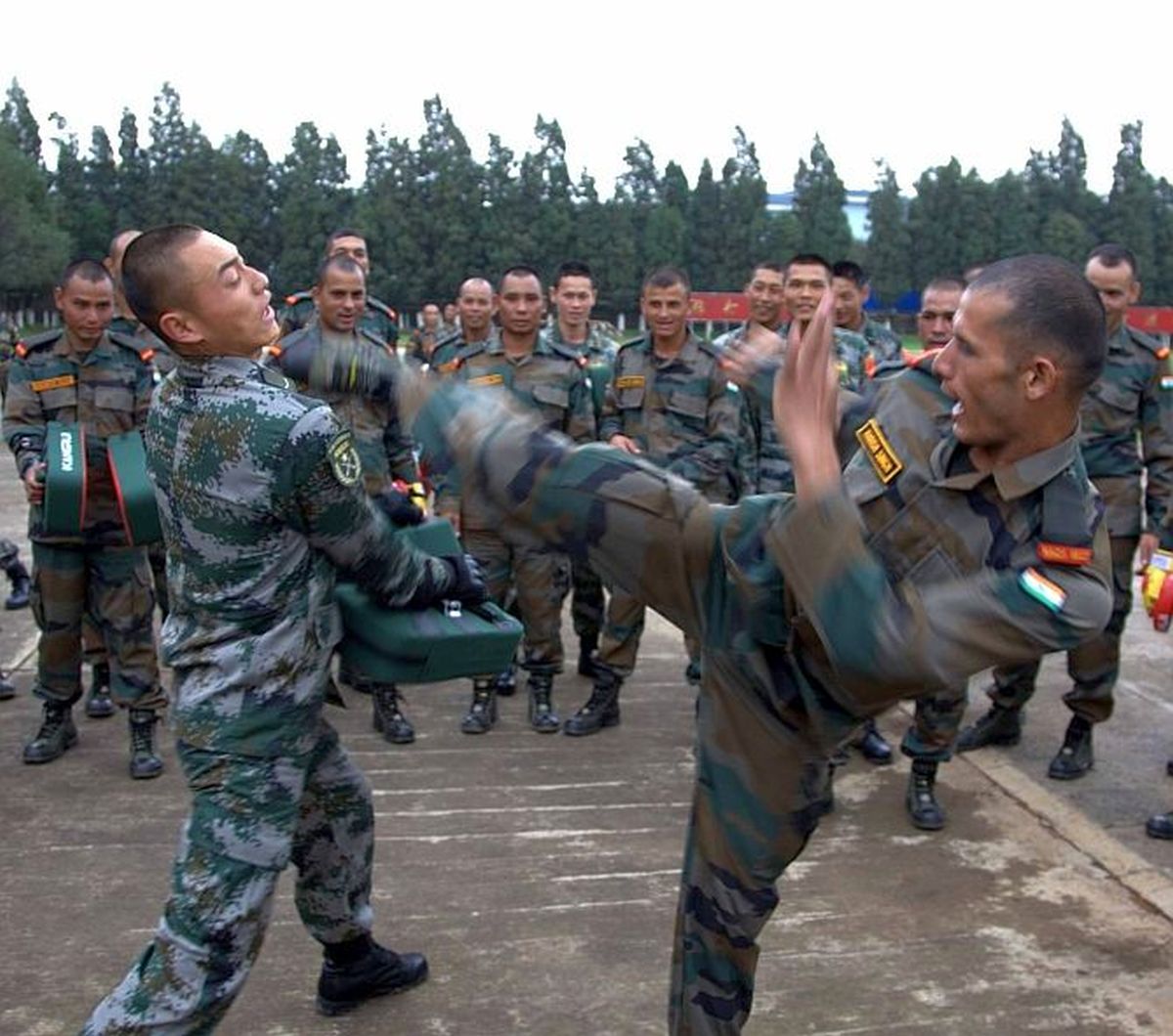The PLA had come prepared to encounter 50 Indian soldiers and had not factored in members of Indian Army’s Quick Response Team, who were waiting behind.
NEW DELHI: The 9 December clash between soldiers of the Indian Army and China’s People’s Liberation Army (PLA) took place around 25 km from Tawang town and roughly 178 km from Arunachal Pradesh’s capital Itanagar, as the crow flies. According to information accessed by The Sunday Guardian, Indian Army got the first whiff of something amiss in the last week of November, inside 10 days of Prime Minister Narendra Modi and Chinese President Xi Jinping coming face to face at Bali on 15 November during
“Since the last week of November, an increase in sightings of the PLA patrol party in their respective areas of responsibility was reported by battalion commanders. This was followed by an increase in face-offs with Chinese patrols, after which our men on the ground were reinforced,” a senior source aware of the matter told The Sunday Guardian.
The Indian Army, alarmed by these developments, increased its focus on the probable points through which PLA soldiers could enter the territory held by India to establish its dominance. On the night of 8 December-9 December, Indian jawans (soldiers)—armed with hand-held thermal imagers present around these ingress points at Yangste—reported a steady accumulation of PLA soldiers taking place near the Indian posts.
The PLA had started accumulating under the cover of fog. The fog cover had increased substantially at night, a fact that the Indian Army too had taken into account while preparing for the Chinese incursion. At around 6 am, acting on the information that was being supplied at regular intervals, the Brigade Headquarters directed the commanders on the ground to mobilise the Quick Reaction Team (QRT), which had already been in position since November last week.
As per the PLA’s estimates, based on the headcount that it had carried out, it had come prepared to encounter 50 Indian jawans, for which it had assembled 300 PLA soldiers. However, PLA strategists did not factor in the members of Indian Army’s QRT, who were waiting in the rear. At a decided time, the PLA troops moved in towards the Indian area in an attempt to take control of Indian territory, which was resisted by the 50 Indian jawans present there. After a few minutes of pushing and shoving, the watchers observed that the rest of the PLA men, who were waiting at the rear with electric taser sticks, nail-studded clubs and gloves, rushed forward to join their team, who were engaged in physically tackling the Indian contingent.
At this moment, the Indian QRT, which was divided into multiple small teams, ran towards the fighting group and surrounded the Chinese soldiers, who now found themselves facing more men than they had come prepared for. Unlike in Galwan, the Indian troops comprising the QRTs, were this time carrying clubs and spiked sticks and soon it dawned on the PLA troops that they had got outnumbered.
Sources who spoke to The Sunday Guardian, recalling the fight, stated that a large number of Chinese weapons were snatched from them and used against them. “The Indian troops came rushing in a small contingent, with each wave coming down on the Chinese with new energy. The PLA troops, within a few minutes, were moving back. At least 10 PLA men (the number is likely to be around 15) suffered serious spiked-club induced injuries on their head and it is unlikely that any of them have survived. The retreating Chinese men were beaten until the PLA commanders, who were directing them from the rear, were forced to fire in the air to save their men,” a senior Indian Army officer told The Sunday Guardian.
The Sunday Guardian emailed the Chinese embassy in India and the Chinese Ministry of Defence with a detailed questionnaire seeking, among other details, the number of Chinese troops that were involved in the clash and the number of PLA soldiers who were injured. No response was received until the time this report went to press.
On 13 December, Senior Colonel Long Shaohua, spokesperson for the Western Theater Command of the PLA released a statement on the clashes. According to him, “On 9 December, the border troops assigned to the PLA Western Theater Command conducted a routine patrol on the Chinese side of the Line of Actual Control (LAC) in Dongzhang area in Eastern Sector of the China-India border, and encountered obstruction from the Indian troops who illegally crossed the LAC.”
“The Chinese troops made a professional, normative and resolute response, bringing the on-site situation under control. Up to now, the Chinese and Indian troops have disengaged,” Shaohua said.
Indian Army sources have dismissed the claims made by the Chinese about Indian soldiers illegally crossing the LAC as a blatant lie.

